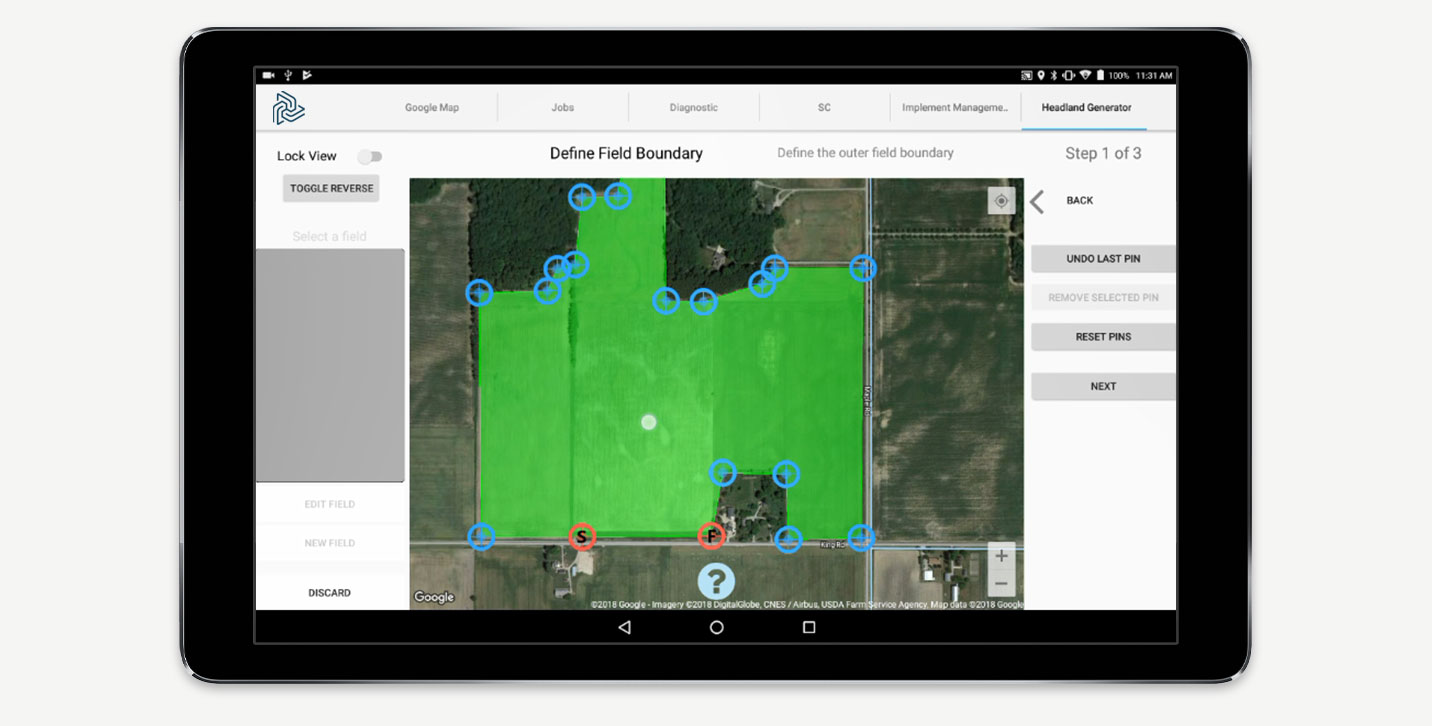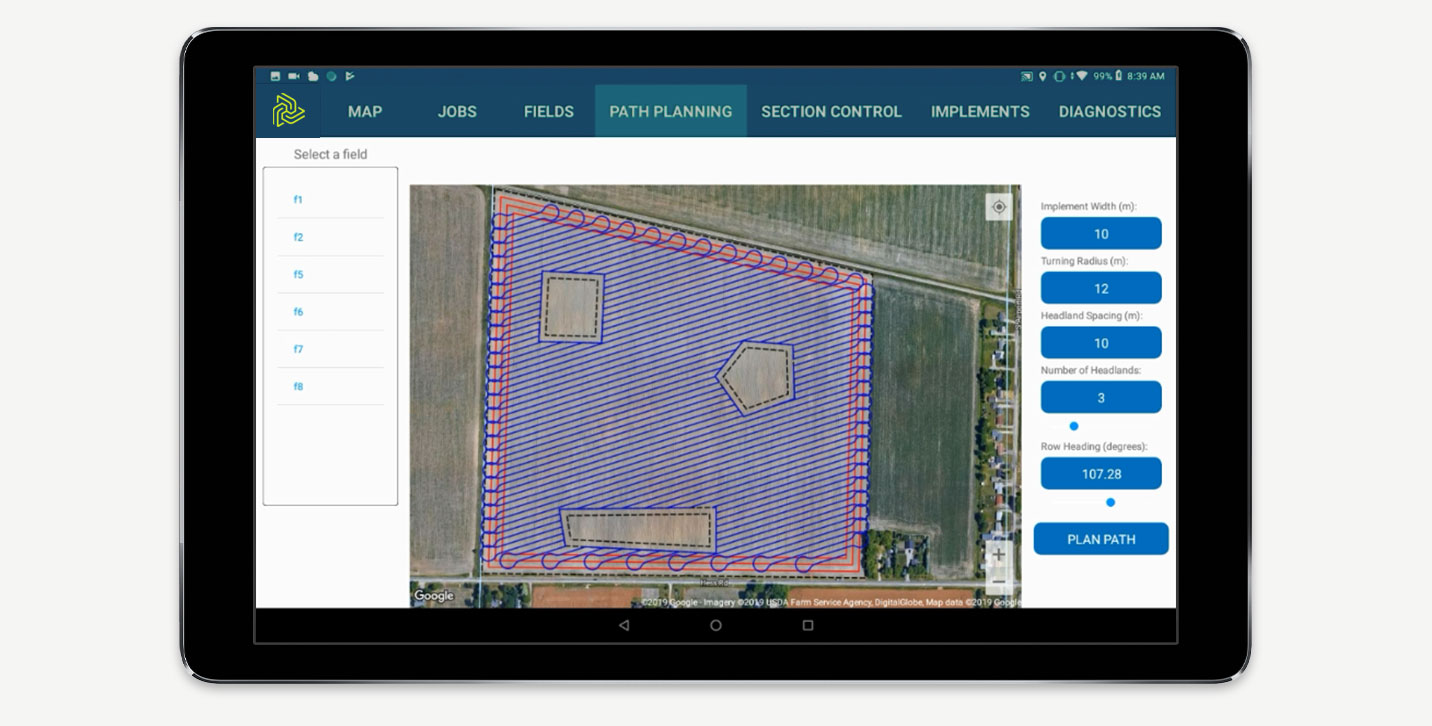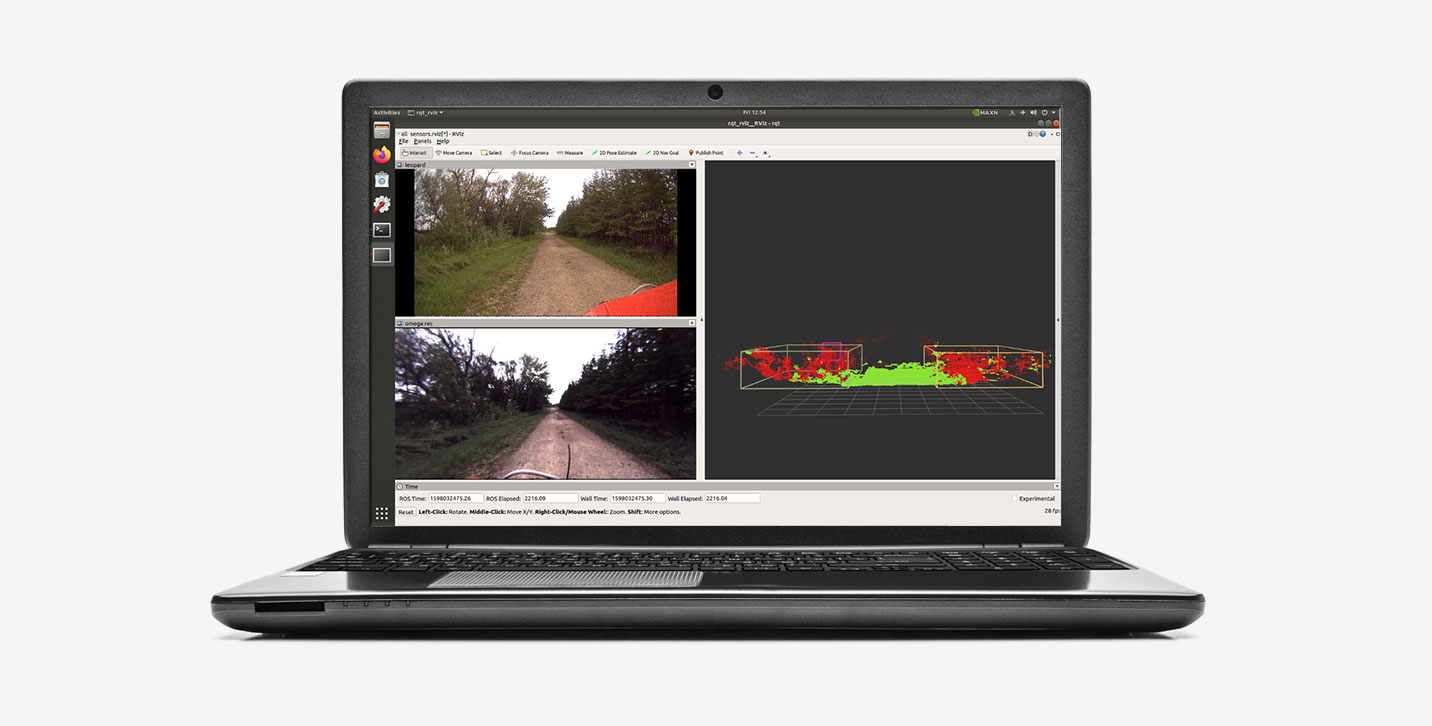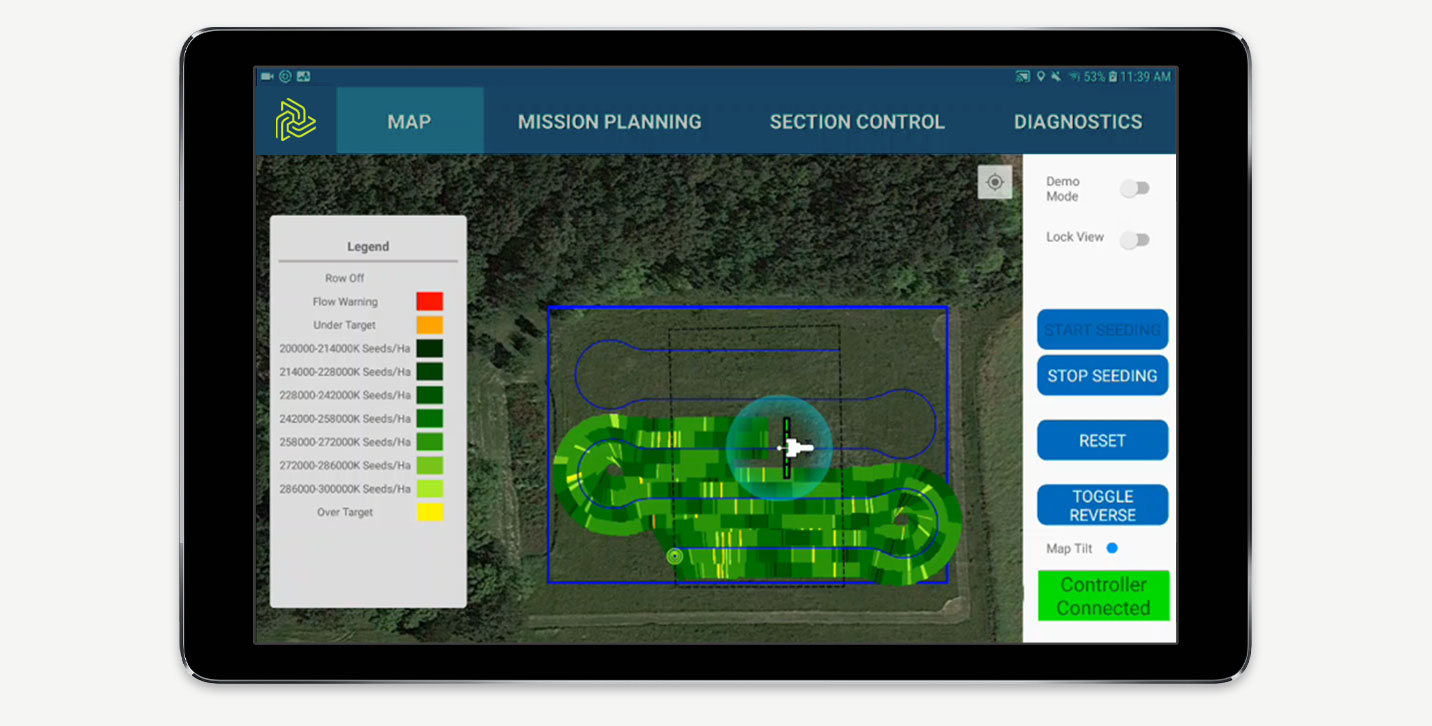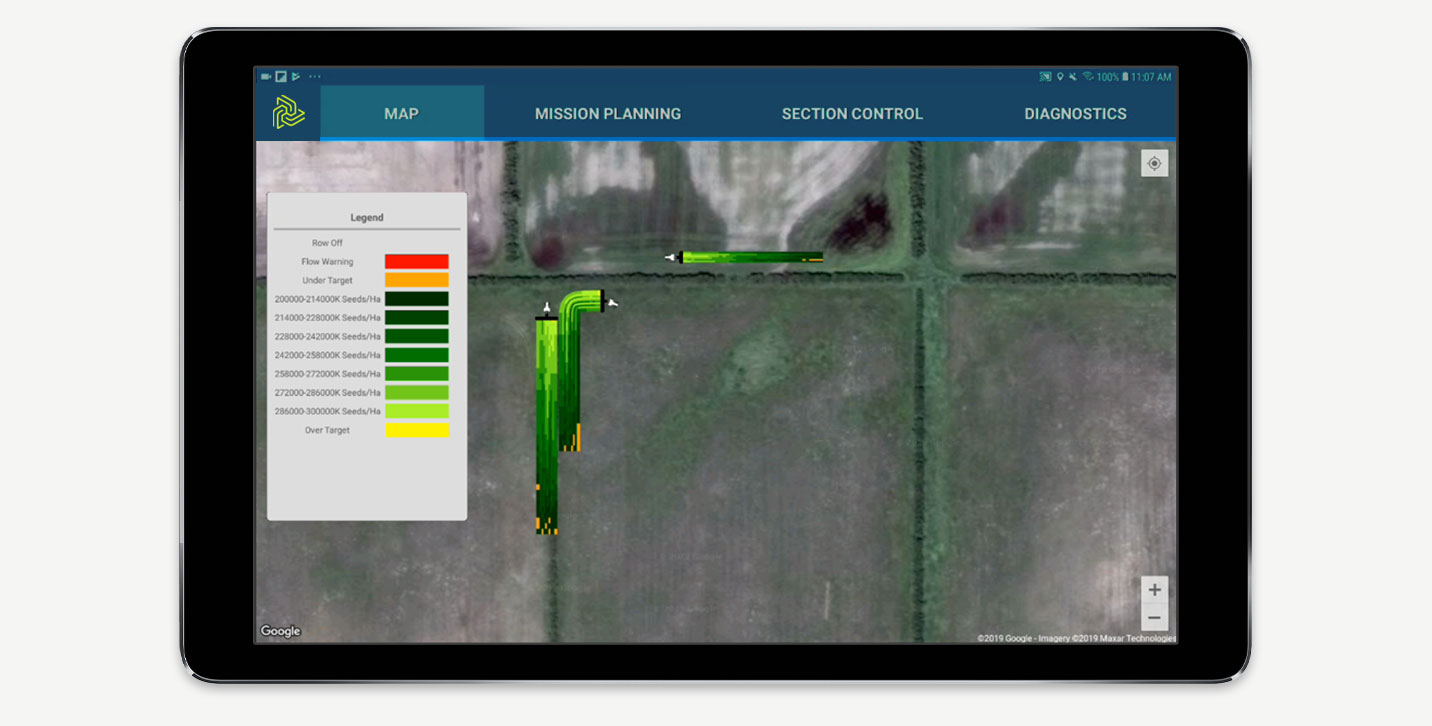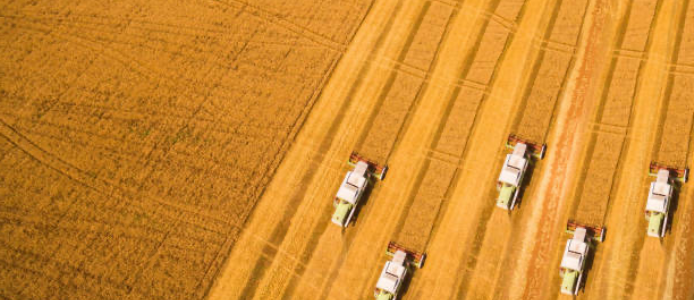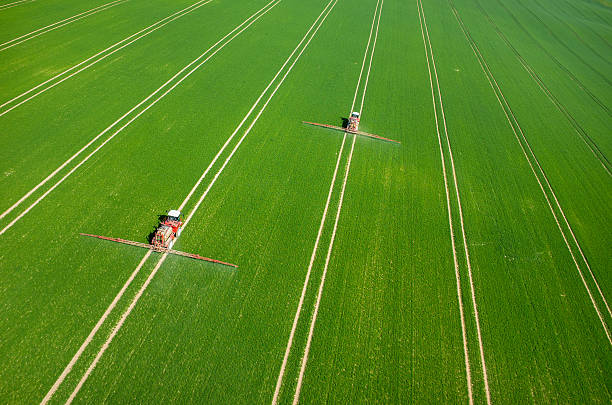This article was Part 4 a four-part series on multi-machine agricultural systems, addressing the integration of fleet, task, and mission management in this area.
- Part 1 set the current landscape for multi-machine systems
- Part 2 discussed impact of proper architecture and design
- Part 3 described strategies to develop connected machines in limited connectivity areas
Fleet and task management systems have developed along independent or loosely coupled paths. Multi-machine systems require both the integration of these and the addition of mission management, which considers the overall workflow of all machines in the system. A significant challenge with multi-machine systems is to consider how this can be done effectively to result in an intuitive workflow for the user, while also leveraging existing systems, integrating with industry standards and common practices, and minimizing support infrastructure. This requires an understanding of cloud systems, IoT (Internet of Things) technologies, and the state and evolution of the agricultural industry for connected systems and is a major component of effective multi-machine systems.

